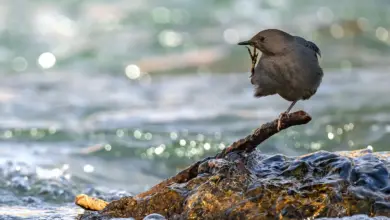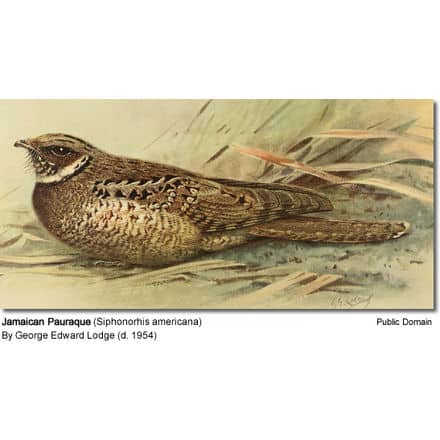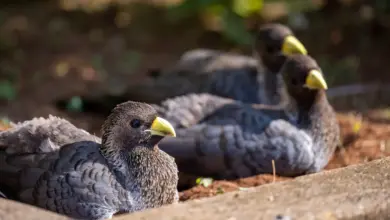Eastern Wood-Pewees
Eastern Wood-Pewees
The Eastern Wood-Pewees, Contopus virens, is a small Tyrant flycatcher. This bird and the Western Wood-Pewees were formerly considered to be a single species. The two species are virtually identical in appearance and can be distinguished most easily by their calls.
Description
Adults are grey-olive on the upperparts with light underparts, washed with olive on the breast. They have two wing bars; the upper part of the bill is dark, and the lower part is yellowish. Compare the similar Eastern Phoebe (photo on the left below), which has very faint wing bars and bobs its tail frequently.
Pewees wait on a perch at a middle height in a tree and fly out to catch insects in flight, sometimes hovering to pick insects from vegetation.
The call is a mournful whistled pee-a-wee, which gave this bird its name.
Breeding
Their breeding habitat is deciduous or mixed woods in eastern North America. They make an open cup nest made of grasses and lichen and attached to a horizontal tree branch with mud. The female lays 3-4 white/translucent eggs in early Spring (end of April in Northeastern United States).
The eggs change to an off-white or cream color within a couple of days. At the same time, brown or chestnut spots or freckles appear on the eggs. These spots can be a few in number or they can cover the entire egg; in which case, they are more concentrated towards the larger end of the ovate egg.
The eggs hatch in 12-14 days and both parents bring food (insects) to the hatchlings, which are not precocious. The hatchlings are pink initially but soon start to grow feathers that are brownish-grey in color and help the hatchlings blend in with their surroundings. The hatchlings typically fledge (leave the nest) after 15-17 days of hatching; often ending up on the ground during the first flight out of the nest. The adult Pewees will perch on a nearby branch and call out to the hatchlings until they are able to fly to join them.
Migration
These birds migrate to Central America and in the Andes region of northern South America, usually leaving at the end of summer.
Conservation Status
Although still common and widespread, the numbers of this bird are declining, possibly due to the loss of forest habitat in its winter range. It is also possible that the increase of White-tailed Deer in its breeding range has led to a decrease in vegetation, and associated insect food, in the lower levels of the deciduous forests where the Pewee breeds.




